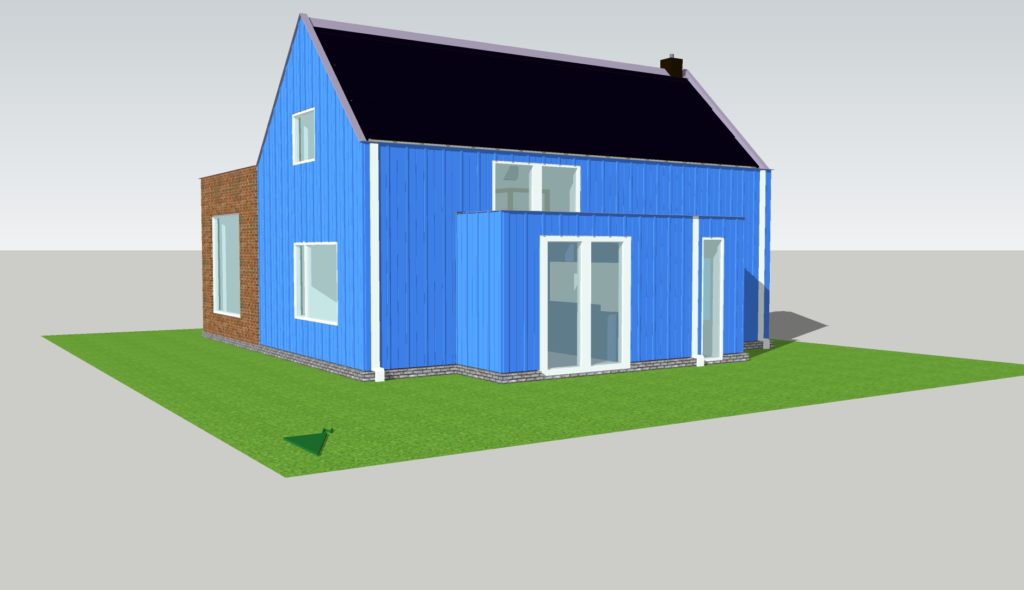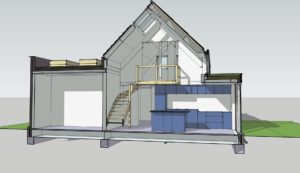Active House Erasmushove

Comfort: The house has been designed from inside out: the starting point was the user. The orientation of the plot, direction of light, view, main living areas and the most ideal routing through the building were all considered. The optimal building shape followed as a consequence, form follows function.
Every room has ample daylight from at least two directions. The design is optimised for natural ventilation with mechanical extraction, including the possibility to create high volume (night time) natural cross- and stack ventilation. Every room is a separate zone with its own CO2 sensor to control the ventilation volume.
On the south and west facades, dynamic external shading prevents overheating during warm periods while allowing direct solar access during the cold months.
Heating of the interior is through low temperature radiative surfaces in ceiling or floor (depending on location).


Energy: By taking a passive approach towards climate control, the house is very energy efficient. The layout is compact, with cooler bedrooms on the north-east side of the house and warmer kitchen and living room on the south and west side.
Ventilation is controlled and based on occupancy, the building shell is well insulated and air-tight. The south facing roof is completely covered in PV, heat is recovered from stale air through an air-water heat pump. Additional (warm) air for the heat pump is extracted from the cavity underneath the PV panels. By running the heat pump during the day using PV electricity and storing the hot water in a buffer tank, warm water for heating or bathing can be supplied both day and night without consuming primary energy from the grid.

Environment: The main load bearing structure is made from autoclave aerated concrete, which has only 25% of the environmental load of regular concrete and is fully recyclable.
The concrete floors come from a supplier that will take the floors back and recycle them at the end of their lifetime. The insulation is a hard foam with very low environmental load.
The facade cladding is partly treated certified European soft wood that is well ventilated, dyed with a water based paint, and partly clay masonry which requires little to no maintenance.
Rainwater is collected in a reservoir to be used through a dual piping system for toilets, washing and gardening.
The roof is made from pre-fabricated elements to minimise waste and construction time on site.


